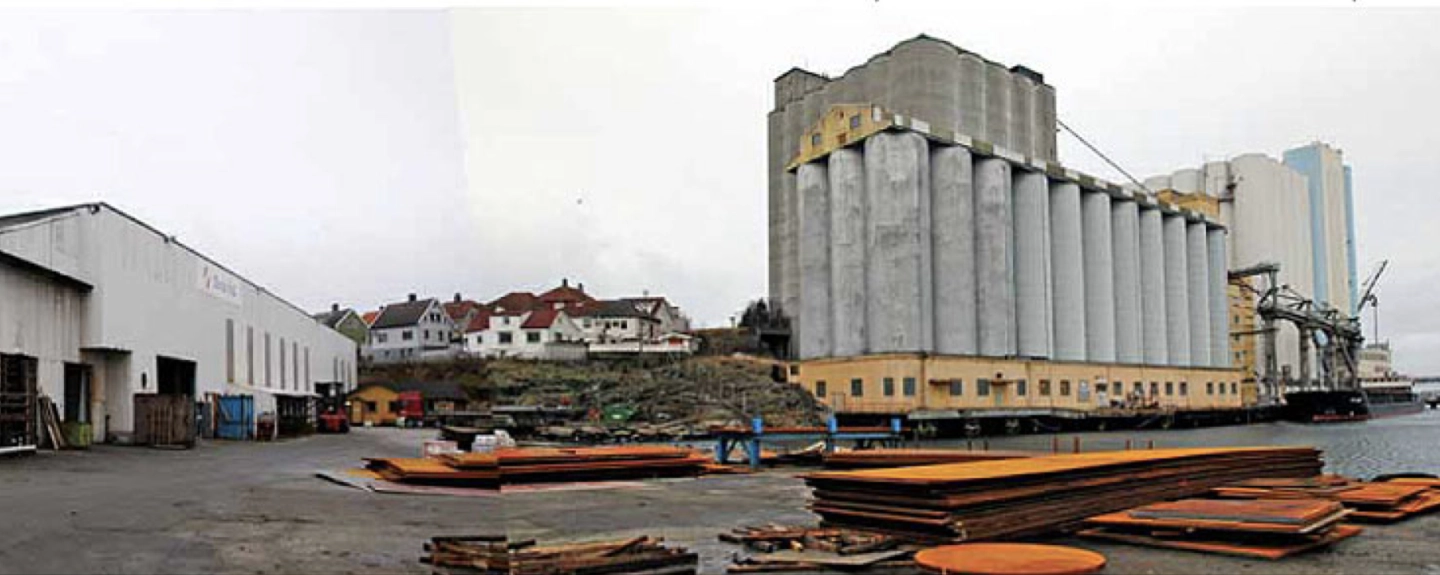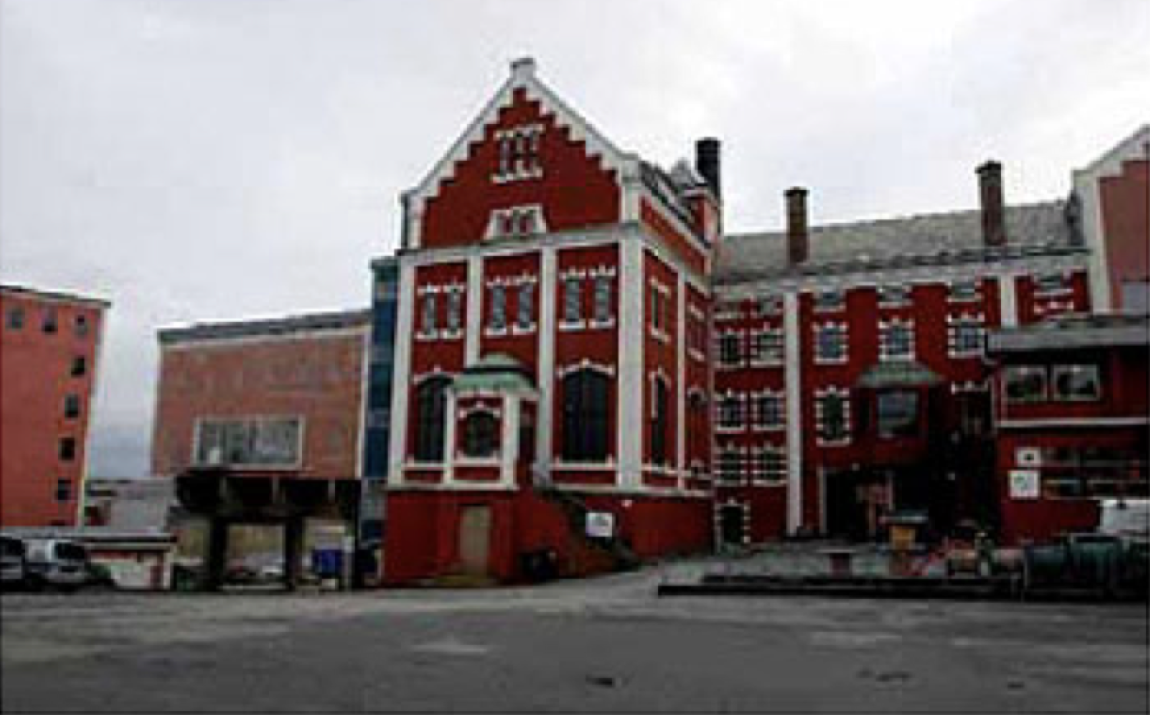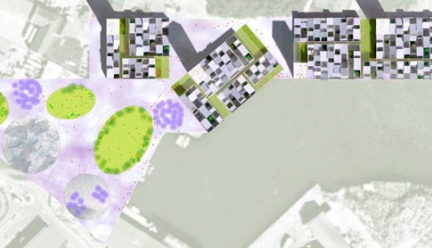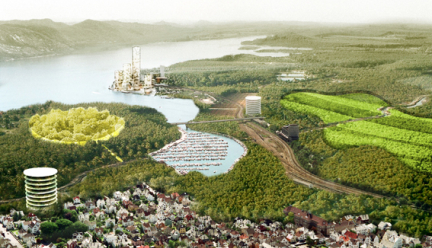Stavanger

About
Having started implementation of the Europan 7 winner project, Stavanger now launches Europan 8. The study area is an industrial area in decline. Today this district has a mix of offices, business, enclaves of both old and new housing, as well as some institutions; Tou Scene cultural building, Johannes learning centre, as well as the new Stavanger School of Management which lies nearby. The area, called Urban Sjofront, has well organized property owners and several smaller enterprises within art/media. The regulation plans open for a thorough transformation and densification of the area.
SITE
On the architectural level, a specific challenge is to integrate families with children. Except from housing/office, the site can contain services related to housing (such as a kindergarten). The site is located near the main car-access to Urban Sjefront. The site faces south. It lies along the Lervigbukta basin and one of three designated recreational areas in the south, close to a future local commercial centre and bus trajectory. The relationship to the recreational area is especially relevant. Stavanger Tinnfabrikk (inactive canning factory) owns about 0.28 hectares while the remainder of the site belongs to the city of Stavanger (about half of this site is to be filled out). The land extension can take time to realize due to the cement blending unit vis-a-vis which needs to be accessed by sea. A strip of minimum 12 meters must be consecrated for a waterfront promenade.
Task
The competition challenges participants to make strategic illustration of how to further develop existing physical, social and cultural resources. Urban development will require both time and strategic guidelines for development in phases which ensure flexibility for possible futures. One seeks ideas for urban spaces and structural continuity, especially concerning main green areas and the waterfront promenade.
Sensitive
The network of public spaces should be complex spaces for a variety informal activities. How can they be successfully transformed from their current status as industrial surfaces to becoming spaces for spending time, meeting and strolling?
Site facts
- Location
- Stavanger
- Population
- 112.000
- Size
- Small
- Project site
- 0.77 ha
- Site proposed by
- Municipality of Stavanger
- Prize
- Winner (12,000 euros), Runner-up (6,000 euros) and Special Mention (no reward)





